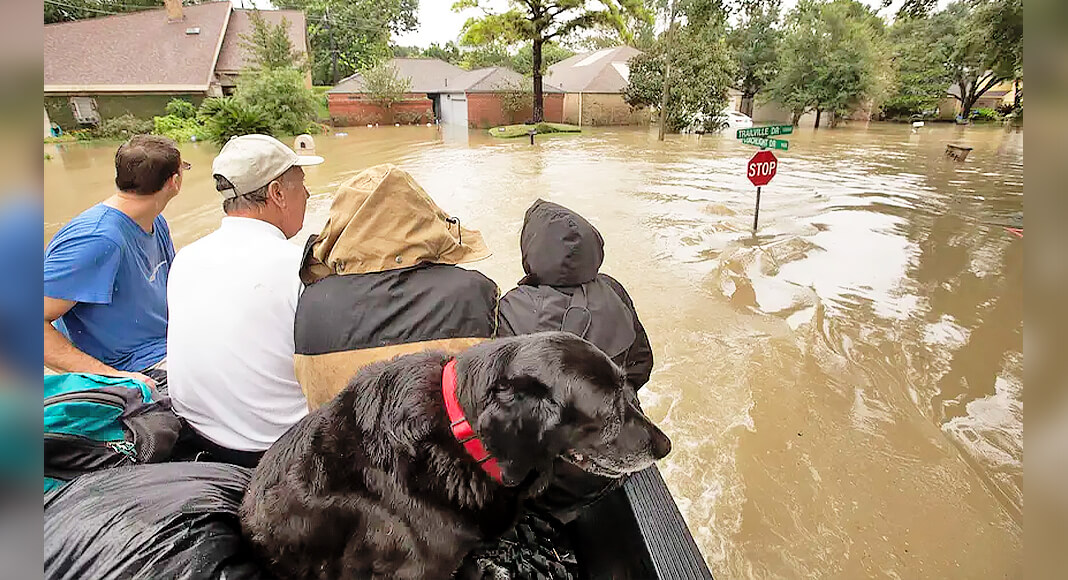
The Texas Tribune
BY ALEJANDRA MARTINEZ / THE TEXAS TRIBUNE
Federal forecasters are predicting between 17 and 25 named storms will form this hurricane season — the highest number of storms the National Oceanic and Atmospheric Administration has ever predicted before the start of the season on June 1.
The agency announced Thursday at a press conference that Texas and the rest of the Gulf and East coasts are most likely to see an “above-average” hurricane season in 2024.
NOAA defines an average Atlantic hurricane season as one with 14 named storms, of which three are stronger hurricanes, based on data from 1991 to 2020.
Of the storms predicted this year, four to seven could be hurricanes rated Category 3 or higher, meaning they will have wind speeds of at least 111 miles per hour.
NOAA Administrator Rick Spinrad said the “extraordinarily high, record-warm water temperatures” in the Atlantic are energizing the ocean, which can fuel storm development. Warming seas are linked to climate change, which can cause stronger hurricanes and heavier rains.
Another important factor influencing this year’s hurricane season is La Niña, a climate pattern that causes surface ocean water temperatures to cool and tends to lessen wind speeds, allowing more storms to develop.
“La Niña can lead to weaker trade winds … this type of environment can be more conducive for tropical cyclone development,” Spinrad said.
Hurricane season runs from June 1 to Nov. 30, though storms can also form before and after that time frame.
The Texas coast is vulnerable to the impacts of storms, which are aggravated by rising sea levels. According to Spinrad, during last year’s hurricane season, tropical cyclones caused more than $4 billion in damages, even with most Atlantic tropical activity remaining offshore and not striking land.
“The key this year as in any year is to get prepared and stay prepared,” Spinrad said. “It’s the best way to reduce risk, especially the risk of potential loss of life.”
Ken Graham, the director of NOAA’s National Weather Service, said residents should plan a potential evacuation route, create a disaster supply kit and consider buying home and flood insurance.
“You can’t wait ‘til the storm surfaces because you may not have the time,” he said. “Then you’re competing to get water. You’re getting in the long lines for evacuations, the traffic. So the earlier you can prepare the better.”












